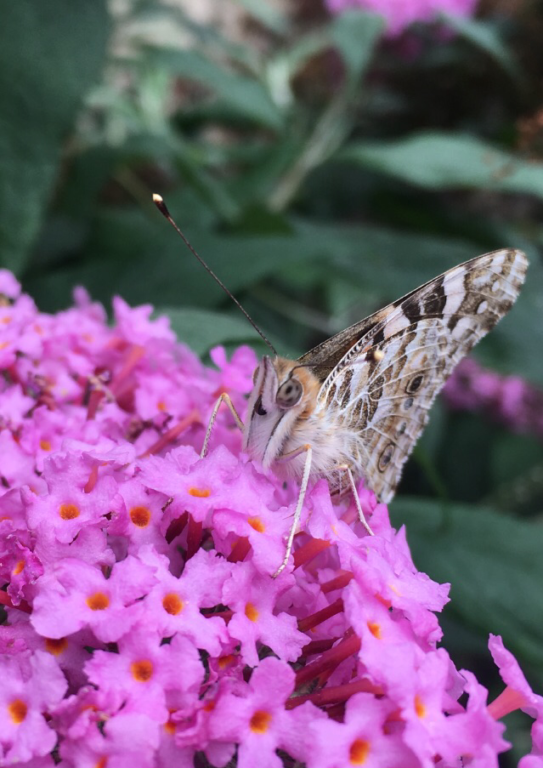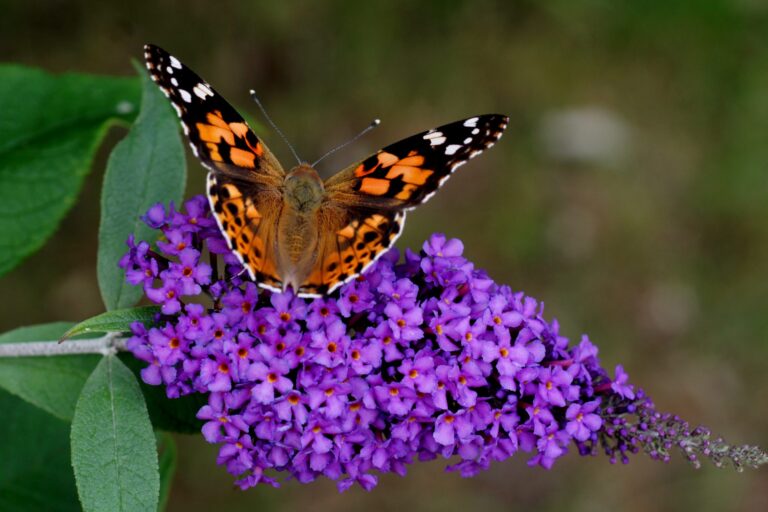We are currently living in the era coined by scientists as the ‘Anthropocene’, where no part of the planet is untouched by human influence. With this comes an increase in human population and the expansion of towns and cities across many countries. Not only are these urban dwellings home to people but are also increasingly becoming home to a myriad of different insect pollinators. These include many common pollinators such the white-tailed bumblebee Bombus lucorum, and the common marmalade hoverfly Episyrphus balteatus. Unfortunately, the increase in urbanisation comes with a plethora of problems that are contributing to the mass decline of pollinators that is currently being documented.

One such problem is the loss of floral resources for pollinators, with many urban areas having low-quality habitats. Aside from the main cover of urbanised areas being roads and buildings, parks with vegetation and trees are sparsely distributed and fragmented from each other. Gardens have the potential to be havens for pollinators as they’re so widely dispersed but currently have their own problems. Often people opt for low-maintenance gardens that contain little-to-no flowering plants, paving and artificial turf. Gardens do have the potential to provide ample floral resources for pollinators if the correct plants are grown, with much research showing that pollinators can flourish in these environments. Determining what these plants are and growing them in flower borders of gardens, parklands and throughout urban environments could go a long way in reversing the declining pollinator population.
My research at Northumbria University used a relatively novel approach to explore the preference of pollinators in choosing native and non-native flowers within the same urban parkland. Pollinators and the flowers they visited were recorded in two close-proximity habitats; a wildflower walkway that consisted of native flowers more typical of those found in rural settings in the countryside, and a cultivated flower border that consisted of mainly non-native flowers more typical of an urban parkland or garden. The wildflower walkway was unmanaged so never watered, weeded or altered. The cultivated flower border, on the other hand, was watered and weeded regularly.
Its been well established that flies and hoverflies are more abundant in rural settings, and bumblebees, honeybees and solitary bees are more abundant in urban settings. This was very much reflected in my research, with more flies and hoverflies visiting the wildflower walkway, and more bumblebees and honeybees visiting the cultivated flower border. I began to wonder if pollinators had preferences for particular types of flowers such as non-natives, and if so could they provide ample resources in urban settings and help reverse the declining pollinator population?

There were some clear observations throughout, such as the very distinct interaction of honeybees with Crocosmia (commonly known as montbretia), which is a perennial non-native originating from South Africa. This spectacular plant is commonly associated with hummingbirds due to its narrow, long and tubular flowers, and are a perfect fit for honeybees to gather resources from (bumblebees may struggle to squeeze between petals with their fat and fluffy bodies!). Michaelmas daisies were another perennial non-native with different varieties originating from America, Switzerland and Italy. A myriad of pollinators interacted with this plant, from honeybees and bumblebees to hoverflies and wasps. Its colourful, flat and accessible shape make it a firm favourite with many pollinators. Sea holly was also visited often by the white-tailed bumblebee Bombus lucorum. Although considered native, there are many non-native varieties such as Eryngium bourgatii (a Mediterranean flower) that provide pollen and nectar resources for pollinators and should be considered for flowering borders in gardens and parklands.
Highlighted here are only three of a multitude of non-native flowers that could be planted in urban spaces to help reverse the declining pollinator population. Other non-natives that are commonly associated with being ‘pollinator-friendly’ are Japanese anemone, Californian poppy, purple top and fuchsia. There is, of course, a much wider diversity of non-natives that are not only fantastic for our pollinators but also look spectacular in our gardens and its essential that we consider this when planning our flower borders in the future. If we want to reverse the declining pollinator population caused by the increase in urbanisation and subsequent flower resource deprivation, then we need to contribute by filling our gardens throughout the year with beautiful, abundant and highly beneficial flowers for our pollinators.
By Shannon Goldberg, postgraduate, Newcastle University